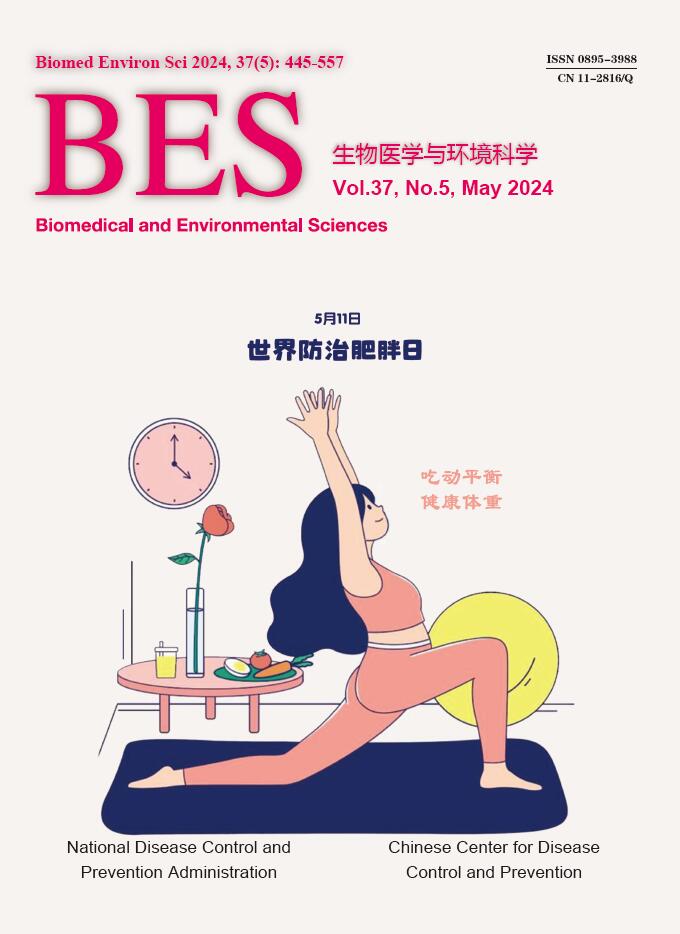-
The 10th China Obesity Science Conference was held in Beijing from May 10th to 11th, 2024. Experts from authoritative institutions such as the National Health Commission, the Chinese Center for Disease Control and Prevention, and the China Institute of Sports Science gathered to discuss on the topics including obesity prevalence trends, policies and actions in obesity prevention and control, obesity and chronic disease control and prevention, and nutritional interventions for obesity.
According to the “Report on the Nutrition and Chronic Disease Status of Chinese Residents (2020)”, the overweight and obesity rate among Chinese adults has reached 50.7%. In terms of absolute population numbers, this means 600 million people in China are overweight or obese, ranking first globally. It predicts that the overweight and obesity rate among Chinese adults could reach 65.3% by 2030. Obesity is closely related to several diseases such as hypertension, hyperlipidemia, non-alcoholic fatty liver disease, type 2 diabetes, cardiovascular diseases, metabolic syndrome, and certain cancers. Over the past 30 years, the rate of overweight and obesity in China has been rapidly increasing across all age groups, with an average increase of about 2.5 times, and there is currently no significant turning point for any group.
At this conference, experts shared the latest research progress and provided detailed interpretations of the latest versions including the “Guidelines for the Prevention and Control of Overweight and Obesity in Chinese Adults”, “Guidelines for the Prevention and Control of Childhood Obesity” and “Guidelines for Physical Activity among the Chinese Population”. The conference also released the “Twenty Scientific Recommendations for Adult Weight Management”, focusing on the difficult problems and hot issues in obesity prevention and control, emphasizing whole-life cycle and whole-population weight management and bringing obesity prevention and control science to the public.
The conference emphasized that obesity treatment should be based on a healthy lifestyle. It requires the interdisciplinary integration of cardiovascular, endocrine, metabolic diseases, weight loss and metabolic surgery, nutrition, and other fields to cooperatively build a “moat” for obesity prevention and control.
The 10th China Obesity Science Conference Held in Beijing
doi: 10.3967/bes2024.089
| Citation: | The 10th China Obesity Science Conference Held in Beijing[J]. Biomedical and Environmental Sciences, 2024, 37(5): 557-557. doi: 10.3967/bes2024.089 |









 Quick Links
Quick Links
 DownLoad:
DownLoad: